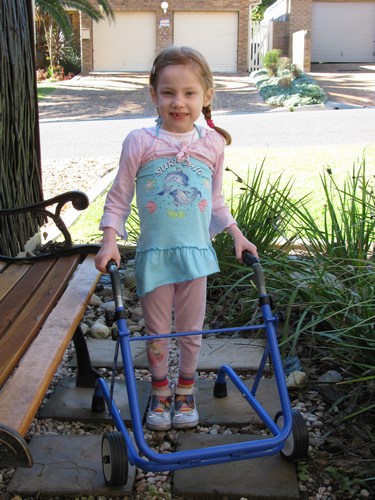

Without treatment, most people with SMA 2 lose that ability by the time they reach their mid-teens. As with all types of SMA, type 2 is characterized by weakness that affects the lower body more significantly than the upper body.īabies with SMA 2 can usually sit up by themselves but may need help getting into a sitting position on their own, says. While babies with Type 2 SMA may meet some of their developmental milestones, they’re often delayed. Fisher it can be diagnosed in children up to two years old. SMA Type 2 is typically diagnosed between six and 18 months old, although according to Dr. SMA Types 2 and 3 Symptoms and Progression SMA 2 Symptoms As with all forms of the disease, treatment won’t reverse muscle atrophy that has already occurred, but it can prevent further decline. Cases vary in severity, however most people SMA 4 maintain the ability to walk albeit slowly and with increasingly limited endurance over time. SMA Type 4 is an adult-onset form of the disease, presenting after age 21. With treatment, SMA 3 generally doesn’t impact your lifespan.

Children with SMA 3 can sit, stand, and walk independently however the hallmark signs include difficulties with activities such as running, climbing stairs, or standing up from a seated position. SMA Type 3 occurs in children who are at least 18 months old, with the first sign typically being leg weakness. Without treatment, the course of the disease varies, but people with SMA 2 generally require wheelchairs for mobility and their life expectancy is typically early 20’s. They also experience difficulty with mobility and breathing, although not to the same extent as children with SMA 1. SMA Type 2 tends to be diagnosed between six and 18 months of age. Untreated, SMA Type 1 often leads to fatal respiratory failure by age two few children with SMA 1 live beyond age four. Symptoms, which include low muscle tone, limited movement, and problems with swallowing, feeding, and breathing, get worse over time. SMA Type 1 is diagnosed before the six-month mark. Babies with SMA 0 never roll over or sit up on their own. Newborns with SMA type 0 generally demonstrate abnormal breathing, swallowing problems, respiratory failure, profound weakness, and abnormal joints. SMA Type 0 is present in utero and usually lead to miscarriage or death by six months of age. Generally, SMA 2 shows up in people with three copies of SMN2, while people with SMA 3 have three to four copies of SMN2. Fisher, depends on how many copies of the SMN2 gene you’re born with. The severity of your symptoms, explains Dr. Without treatment, SMA inevitably leads to progressive motor (muscle) weakness, including your legs, arms, and in severe cases, your respiratory muscles, which is why it can be fatal. The disease is characterized by proximal (meaning near the torso) weakness that’s more pronounced in your lower body than your upper body. Bottom line: SMN2 isn’t fully equipped to fill in for SMN1. And while the SMN2 gene certainly helps, it produces “a backup, but imperfect protein,” says Mark Fisher, MD, a pediatric physiatrist at Children’s Mercy Kansas City in Missouri. Spinraza is the only FDA approved treatment for SMA.When the SMN1 gene isn’t working or is absent, your body relies on another gene, SMN2, to manufacture that protein. We treated the first infant with Spinraza, and in 2017 we treated the first adult with the drug, after it was approved by the FDA. Starting in 2013, Stanford was one of the research sites in the groundbreaking Spinraza clinical trial.

We offer access to clinical trials, new therapies and other advanced treatment options in a supportive environment. SMA is the leading cause of inherited infant mortality.Īt Stanford, we have extensive experience in diagnosing and treating spinal muscular atrophy (SMA).Those with weakness diagnosed later in childhood were said to have and Kugelberg-Welander disease (or SMA Type III). Infants affected within the first few months of life were previously said to have SMA Type I, Werdnig-Hoffman disease.SMA can be severe or mild, based on the age of onset along with the severity of muscle weakness.Spinal muscular atrophy (SMA) affects between 1 in 6,000 live births.Parents who carry just one copy of the defective gene usually do not exhibit any symptoms of spinal muscular atrophy themselves. In most cases, a child inherits two copies (one from each parent) of the gene missing SMAN1. Spinal muscular atrophy, also called SMA, is a genetic disorder that causes progressive muscle decline (atrophy), weakness and extreme fatigue.


 0 kommentar(er)
0 kommentar(er)
